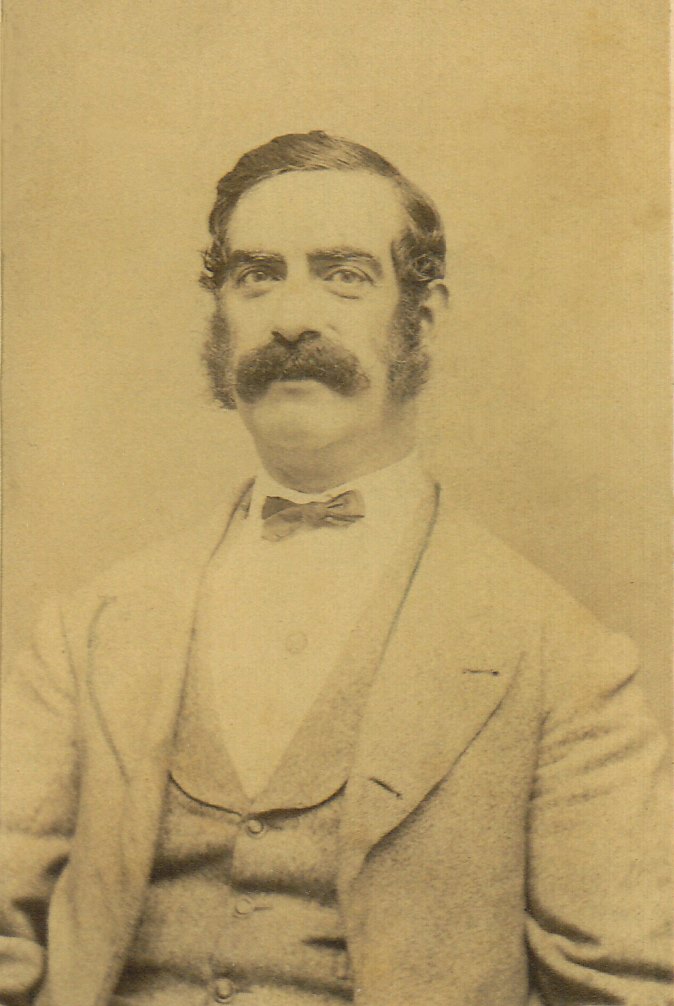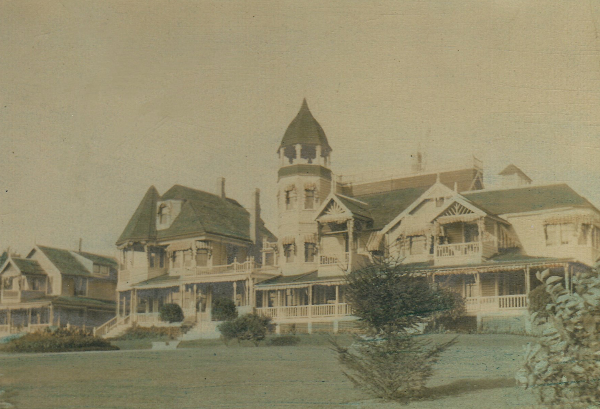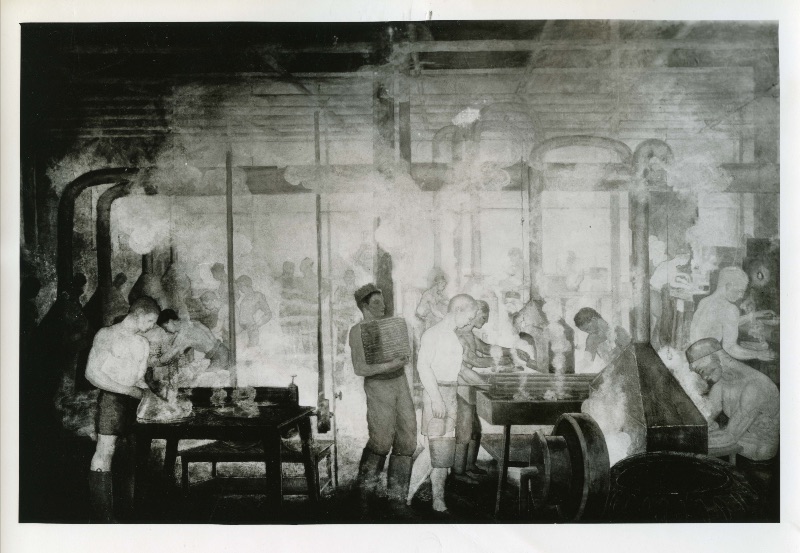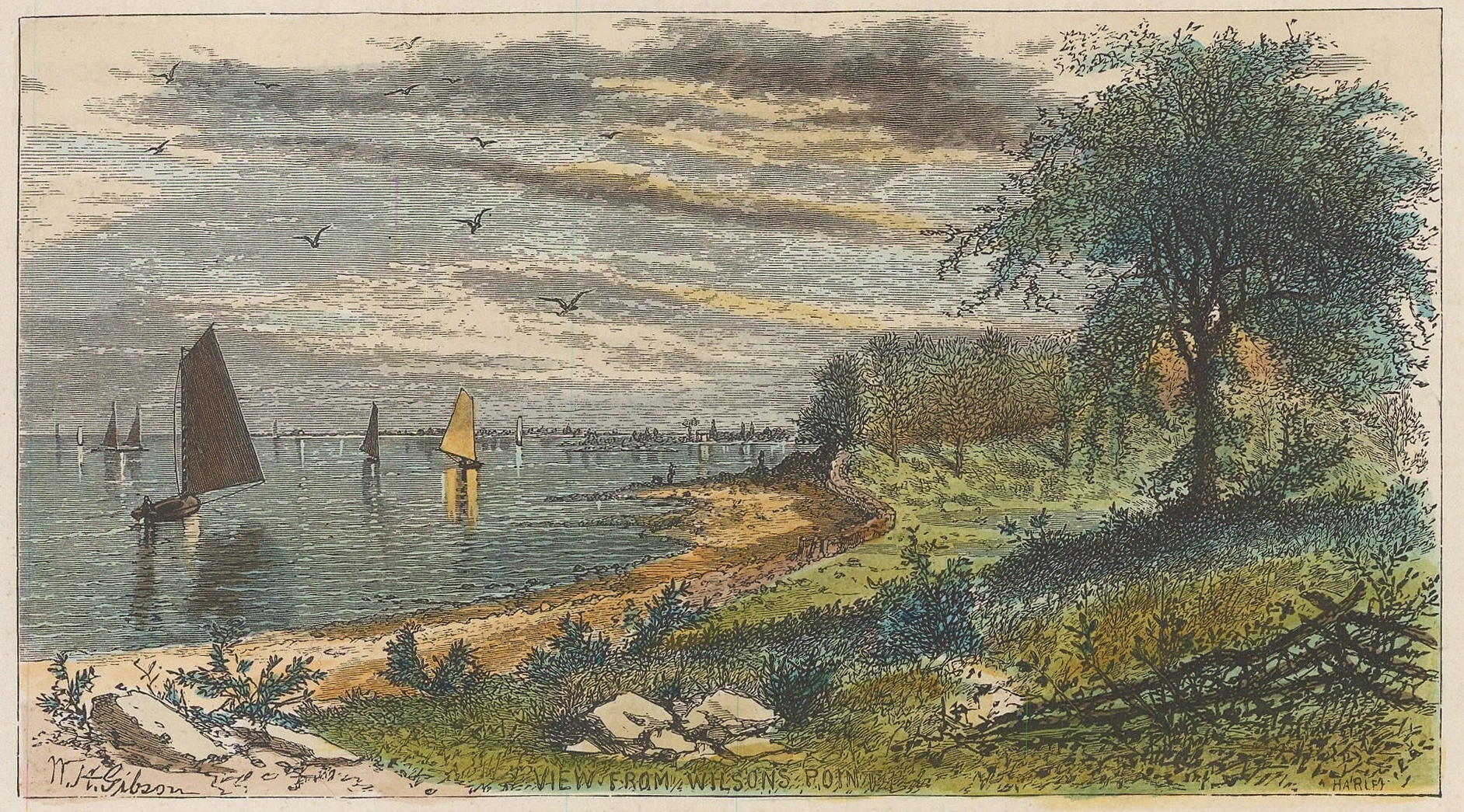Now that the election is over, Veterans Day came and went, and soon Thanksgiving will lead into Christmas, it is officially the end of warm sunny days. In keeping with that theme, a brief history of frozen food.
In just about every grocery store in America, there’s a frozen food section that sprung into existence once the process of freezing food actually worked. To that, we owe the persistence of Clarence Birdseye, a Brooklyn NY native who toiled on the idea for many years. He was inspired by the frozen fish that he ate during his time exploring Labrador (northeast Canada) and invented a process that would freeze fish quickly, like the -40F air he experienced in Canada.
He set up his freezing lab in Gloucester, MA, in 1924 and figured out a way to get fish frozen quickly at -26F. But like all ahead of its time inventors, he could freeze fish, but had no way to distribute them, since stores couldn’t store them. By 1928, the storefront freezer was invented and Birdseye bought the freezers to put in stores, but he still had to convince people that the frozen fish tasted good. And thus was born General Seafood Corporation.
Meanwhile in Norwalk, by 1915, Ice Cream had arrived, according to the Ice Cream Trade Journal. In 1915, C. DeKlyn & Son added a new refrigerated machine to their ice cream department, that weighed 8 tons. They operated a bakery at 27 Main Street definitely in the 1910s, and it looks like the business was started in the late 1800s. The Rowayton Historical Society has helpfully supplied the tidbit that the present Nykled Terrace in Rowayton was once the driveway to the DeKlyn Mansion, owned by Charles DeKlyn. Nylked is DeKlyn spelled backward.

Charles DeKlyn made lots of dough, both as a baker, and money wise. He built his mansion in Rowayton overlooking Pine Point’s Crescent Beach. The main house was located at the northern extremity of the property next to what oto Roton Point, and today we can see the two stone pillars announcing the entry to Nylked Terrace. According to the historical society, the estate included an observation tower and a long pier that ran across Crescent Beach in order to reach DeKlyn’s custom built steam-powered yachts, called Nylked I and Nylked II.
Despite the gilded age wealth that enabled DeKlyn to keep horses, a carriage, and coachman, the estate was dismantled in the late 1920’s and separated into three single family residences, numbers 73 and 75 Roton Avenue, and 17 Ensign Road. As for the bakery, McMahon Ford occupies that site currently.

Digging through Norwalk history is always interesting. We seem to celebrate the buildings and not the people who made history. If you enjoy this dispatch, drop us a line.

